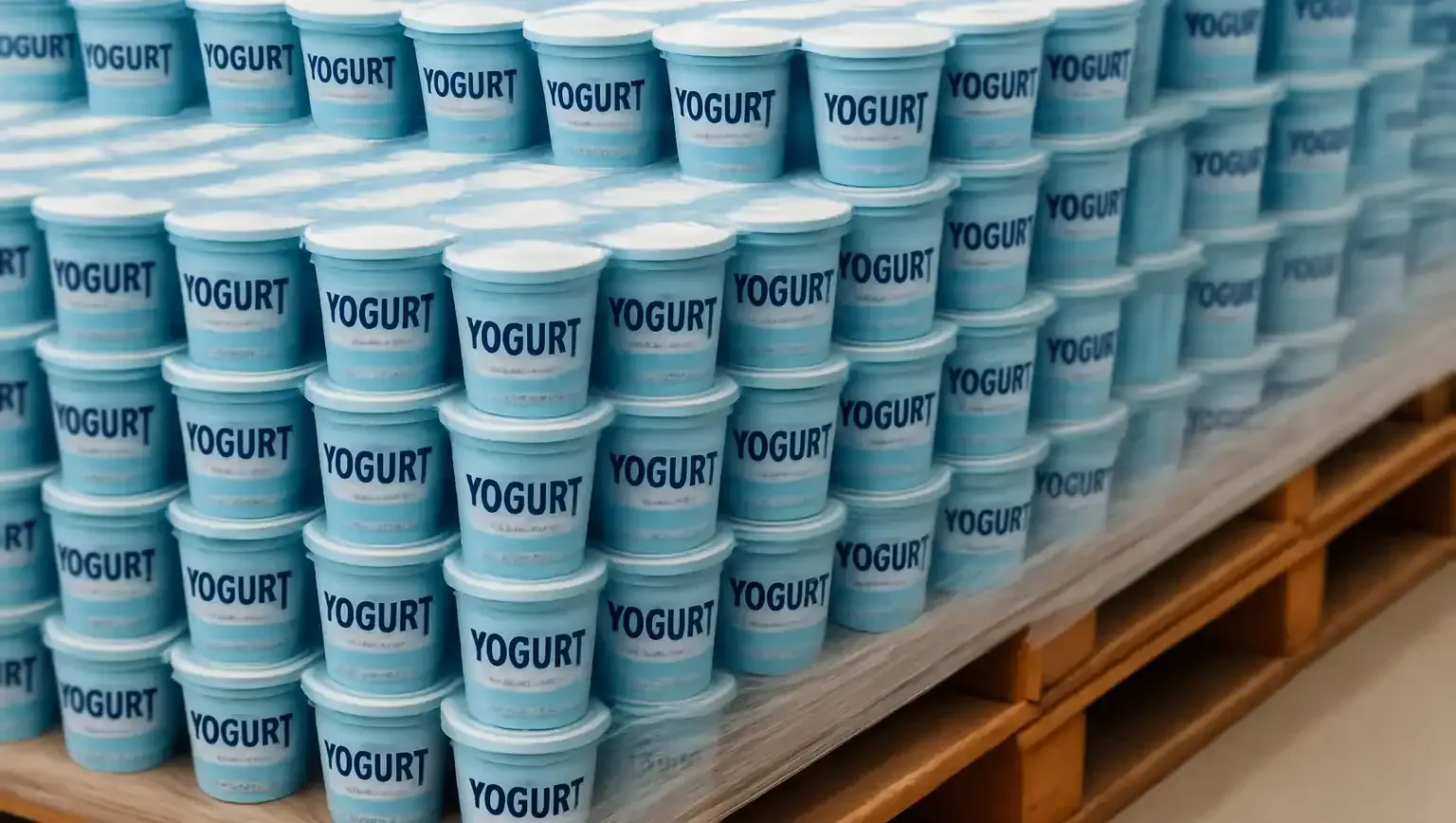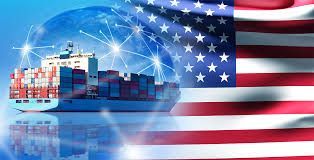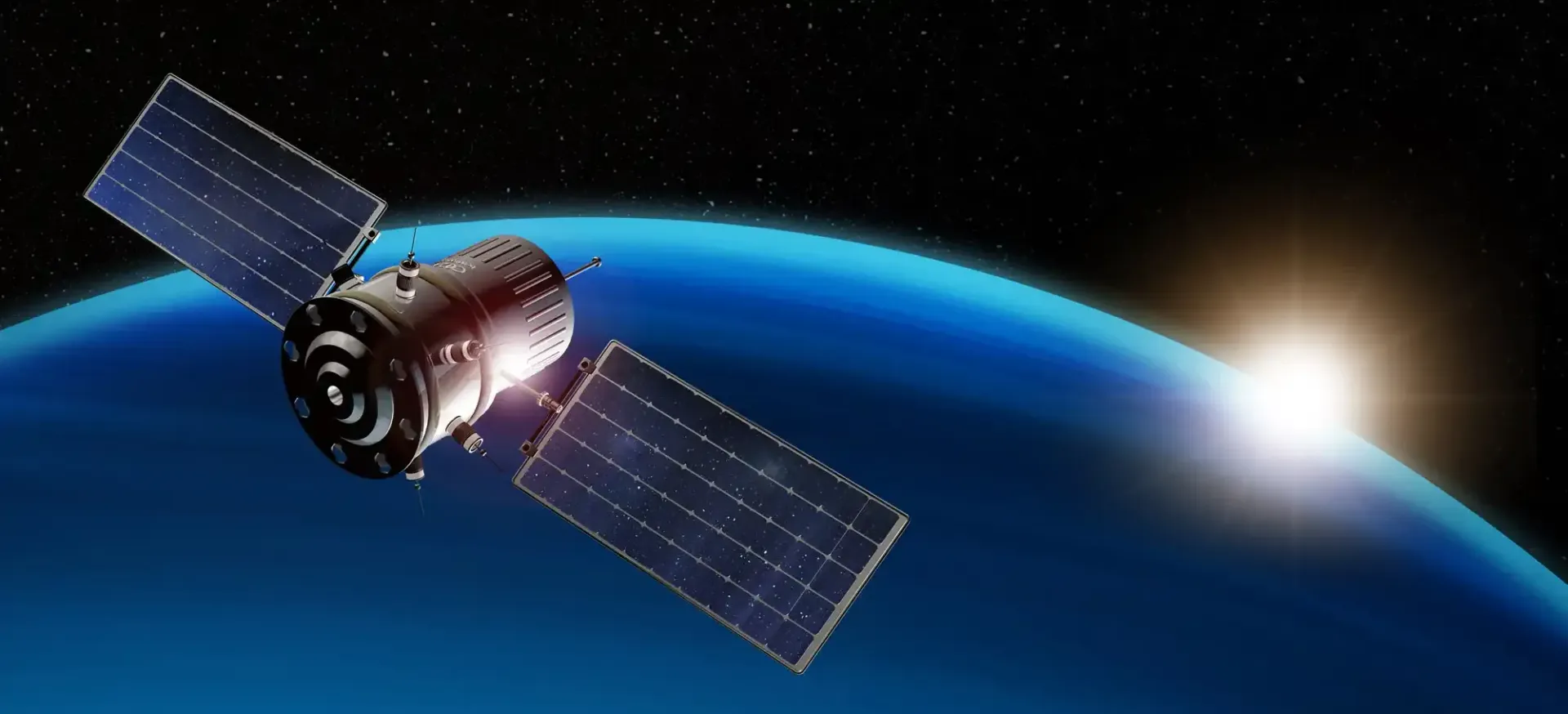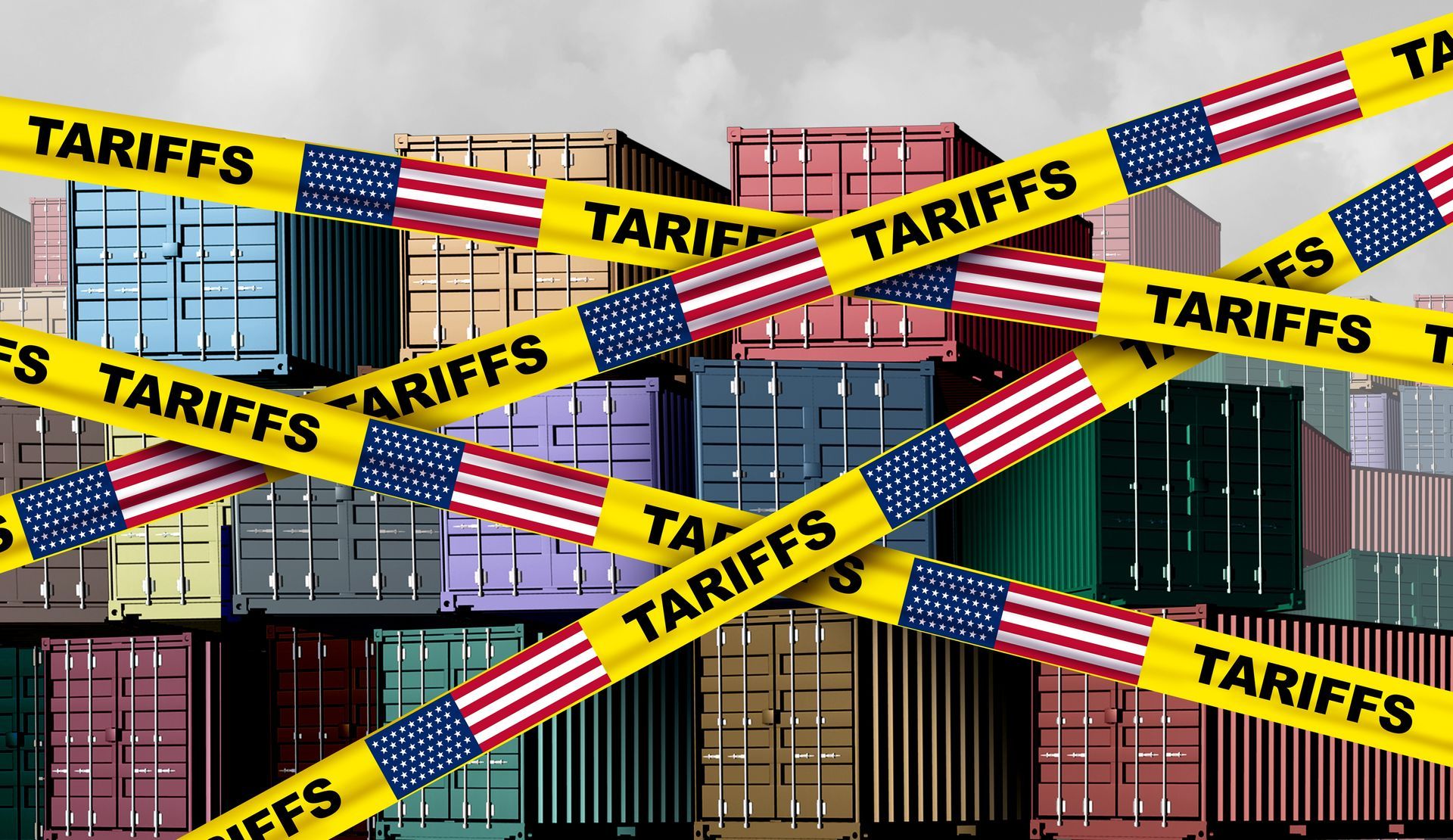Free Trade Certification
May 10, 2022
Are your customers asking you to certify your items for free trade under a free trade agreement? Do you source from or ship to a country that participates in a free trade agreement with the U.S.? Do you know how to manage that process in order to alleviate the duties paid?
A free trade agreement (FTA) is an agreement between two or more countries where the countries agree on certain obligations that affect trade in goods. Currently, there are 14 Free Trade Agreements in effect in the U.S. with 20 different countries.
An importer collects and maintains the information to support the FTA qualification. An exporter from the U.S. is required to complete a declaration verifying that their goods qualify for free trade with the participating country.
The rules associate with FTAs are complicated and the analysis is intricate. There are multiple steps to the process and each one must be completed in order to move onto the next:
ITM works with many companies to help coordinate their free trade programs. Together, we identify all the exported products and their components. Then, ITM analyzes both the finished product and its components for FTA eligibility, works with your vendors in identifying and analyzing all of the components of your products and complete the documentation required to support the claims of FTA eligibility.
- Classify the product according to the HTSUS in order to determine the rule of origin for the specific finished product.
- Choose a preference criteria from the 4 available.
- Use the rule of origin to determine the qualification of the finished good.
ITM works with many companies to help coordinate their free trade programs. Together, we identify all the exported products and their components. Then, ITM analyzes both the finished product and its components for FTA eligibility, works with your vendors in identifying and analyzing all of the components of your products and complete the documentation required to support the claims of FTA eligibility.
Contact us today if you would like to review your process or begin to take advantage of any of the 14 Free Trade Agreements available.

Get actionable advice on cost-saving strategies that boost your bottom line.
Subscribe here:

The latest on the reciprocal tariffs have them hanging in the balance. On August 29, 2025, the U.S. Court of Appeals for the Federal Circuit, affirmed a lower court decision finding that the reciprocal tariffs exceeded presidential authority under IEEPA. The court stayed its mandate until October 14, 2025, giving the g

On July 27th, the Trump Administration announced a deal with the EU imposing tariffs of 15% on most goods entering the US from Europe. As of August 1st, the 15% blanket tariff will cover most US imports. The US will have a 0% tariff for some items including equipment for US manufacturing and generic medicines.

The American company reached out to ITM for guidance. They were pleased to learn that under U.S. Customs regulations, they could file for duty drawback—a refund of duties paid—on expired and destroyed goods. Within just four months, ITM had successfully obtained the required authorizations and filed all claims related to the product destructions. Due to ITM’s relationship USCBP, and their expertise, over $850,000 in duty refunds was recouped.

On May 28, 2025, a U.S. trade court ruled that President Donald Trump over stepped his authority in imposing the reciprocal tariffs. At that time, the court ordered an immediate block on said tariffs. As of May 29, 2025 a federal appeals court temporarily reinstated the most sweeping of Trump's tariffs. Pausing the lower court’s ruling, The United States Court of Appeals for the Federal Circuit in Washington is going to consider the government's appeal, and has ordered the plaintiffs in the cases to respond by June 5 and the administration by June 9. This is a developing situation and we will do our best to keep the information coming.

This jewelry retailer's duty drawback success story demonstrates the significant impact that a well-managed duty drawback program can have on profitability. By recovering significant funds, the jewelry retailer was able to reinvest in their business, enhance competitiveness, and strengthen their bottom line in a challenging market.

As of 12:01am, March 4, 2025, tariffs of 25% are effective on products from Canada and Mexico and energy products from Canada are subject to a 10% duty. Products that are presently excluded from these tariffs include goods that are for personal use, goods entered under Chapter 98, donations that are imported under HTSUS 9903.01.21and merely information items included under HTSUS 9903.01.22. All other imported items will carry the 25% tariff and no drawback is permitted on these duties.

The upcoming changes to steel and aluminum tariffs will significantly impact the steel and aluminum industries, with numerous provisions to ensure compliance. Importers, exporters, and manufacturers in the steel and aluminum sectors should stay informed about the latest developments and ensure their operations are aligned with these new tariff regulations.

On February 1, 2025, President Trump signed an Executive Order (EO) that imposes an additional 10% ad valorem tariff on most imports from China, which includes products of Hong Kong. U.S. Customs and Border Protection (CBP) quickly followed up with important guidance regarding these changes, particularly impacting the trade community's handling of de minimis shipments from China. Effective February 4, 2025, de minimis shipments from China will no longer be eligible for the administrative exemption from duty under 19 U.S.C. § 1321(a)(2)(C), and will be subject to the new 10% tariffs. Here's everything you need to know about the changes:












